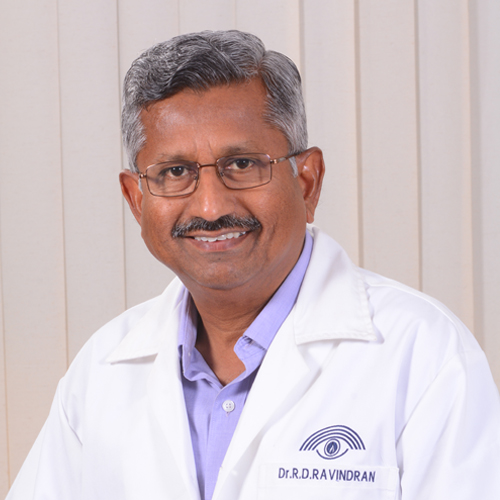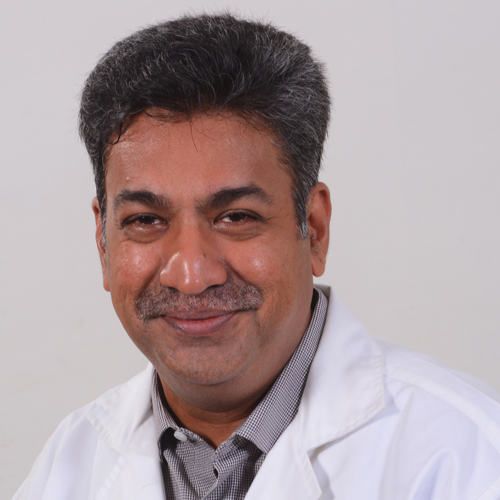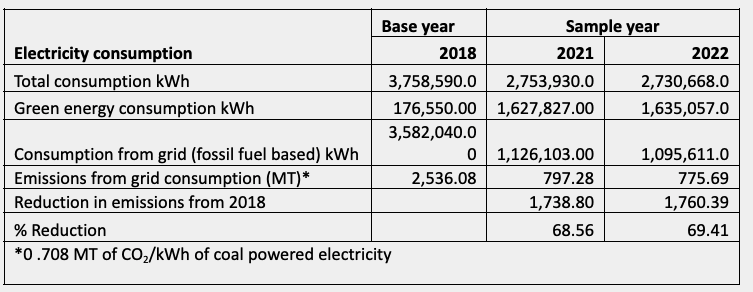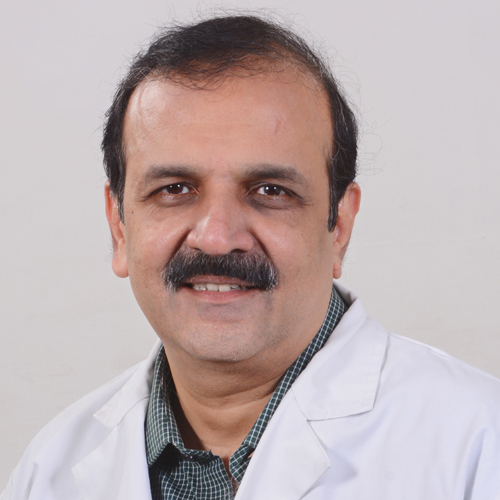Implementing energy efficiency measures to reduce carbon footprint
Aravind Eye Hospital, India
Case study summary
This case study highlights the implementation of energy conservation measures and use of renewable energy to increase efficiency. It also shows how the carbon footprint of Aravind Eye Care was calculated using the climate impact checkup tool to show a 33% reduction from 2018 to 2022.
Demographic information
- City: Madurai
- State/province/region: Tamil Nadu
- Country: India
- Type of institution: Private eye care hospital
- Number of full-time staff: 818 staff; 574 trainees
- Patient population served annually
- 5,204,731 patients served (2022)
- Geographic area served: Southern districts of Tamil Nadu, nearby states of Kerala and Andhra Pradesh, and even some international patients.
- Health equity concerns experienced by population: Accessible and affordable health care for poor, needless blindness
- Number of beds: 323


Aravind understood the need of the hour to sustain the environment. Happy to see that the projects yielding good results
The issue
Aravind Eye Care (AEC) has always understood the need to protect the environment. Electricity from the state utility grid (80% fossil fuel) was the major source of energy consumption. AEC Madurai wanted to reduce their carbon footprint as well as their energy costs. The annual cost of electricity was USD 386,000.
Hospital goals
- Reduce energy consumption
- Utilize renewable energy
- Reduce carbon emissions
- Reduce energy costs
Sustainability strategy implemented
Two strategies were implemented to reduce Scope 2 carbon emissions:
- Energy efficiency (reduce energy consumption): Replacing old equipment with new efficient models.
- Use of renewable energy: Utilizing on-site rooftop solar as well as purchasing renewable energy from the grid.

Frugality or the mind set of not wasting, we realized has been the major driver of our “Race to Zero”. At one level reducing energy consumption and switching to renewable energy, have both resulted in cost reductions even after accounting for the related investments. This has also resulted in significant reduction in carbon emissions. Thus, this journey, has proved to a true win-win – one can save money and also protect our environment.
Implementation process
- Energy efficiency
- Hired a consultant to conduct an energy audit in 2018. Obtained monthly electricity consumption reports for various equipment.
- HVAC chillers, condensed water pumps, chilled water pumps, raw water pumps, lights, and fans were the major sources of energy consumption.
- The equipment listed above was replaced with the following efficient models:
- 2 HVAC chillers
- 4 HVAC condenser water pumps
- 2 HVAC chilled water pumps
- 1,000 LED lamps
- 500 ceiling fans
- 8 raw water pumps
- There was a 25% reduction in energy consumption from 2021 to 2022 when compared to the base year 2018.
- Renewable energy use
- Existing rooftop solar provided only 10% of the electricity needs.
- A third-party supplier now provides about 60% of the facility’s total energy. The renewable energy is procured at an agreed rate during a specific time period.

We understand that even small changes in some of our energy use systems lead to a significant difference in savings - as an organization, we are thinking about patients and planet, which helps us make profits!
Tracking progress
Electricity consumption and carbon emissions were calculated using the climate impact checkup tool developed by Health Care Without Harm through the Global Green and Healthy Hospitals Connect online platform. The baseline year was 2018 and post-implementation years of 2021 and 2022 were used for comparison.
A 25% reduction in energy use was observed, as well as 60% renewable energy consumption (75% was targeted, but couldn’t be achieved due to technical limitations).


The responsibilities of a large organization should be much larger than just its core mission. Organizations like Aravind Eye Care System are more like a social movement rather than a simple eye care delivery system. It is extremely gratifying to know that AECS is taking a global lead in showcasing to the eye care community about the efficacy and ethicality of this project toward green energy. This will serve as a model for other organizations to follow suit and contribute their might as well.
Progress achieved
- Financial:
- Energy efficiency: 25% reduction in annual energy bills with savings of USD 121,000
- Renewable energy use: USD 30,200 saved annually
- Environmental:
- 1 million units of electricity conserved annually
- 1750 tons of carbon emissions avoided annually
Challenges and lessons learned
Obtaining leadership support was difficult due to high capital costs, less direct financial benefits, and longer payback periods. However, the rising cost of grid electricity supported the decision to pursue this project. The cheaper cost of procuring renewable energy from the grid in Tamil Nadu state was an added incentive.

One of the core values of Aravind Eye Care System is frugality and self-sufficiency. In our journey of providing eye care to 100 million people, we have realized the importance of being aware of the effects on the environment. Harnessing solar and wind energy to substitute grid energy started humbly a few years ago. Over time, the trickle translated into a larger impact on our energy conservation. We believe a lot more can be done to make the environment in years to come. Aravind is committed to ensure that the whole journey of giving vison should be done in the most frugal manner to both the patient and the society at large.
Next steps
- Implementing monitoring and control systems to continue energy efficiency projects.
- Achieving 100% utilization of green energy (through onsite initiatives and purchasing).
- Educating staff and patients on energy conservation methods and practices.
- Exploring the use of solar power for hot water generation.
- Implementing the system at the other hospitals in the group.
- Implementing a purchasing policy to procure only energy efficient/star-rated equipment when applicable.